How To Convert Digital Camera To Infrared ?
To convert a digital camera to infrared, you can follow these steps:
1. Remove the camera's infrared (IR) blocking filter: Open the camera body and locate the IR blocking filter, which is usually placed in front of the camera's image sensor. Carefully remove this filter using appropriate tools.
2. Replace the IR blocking filter with an infrared pass filter: Obtain an infrared pass filter that allows only infrared light to pass through. Place this filter in the same position where the IR blocking filter was removed.
3. Adjust the focus: Since infrared light has a different focal length than visible light, you may need to adjust the camera's focus to ensure sharp images. This can usually be done by manually adjusting the lens or using the camera's autofocus function.
4. Test and experiment: Once the modifications are complete, test the camera by taking photos in infrared lighting conditions. Experiment with different settings and subjects to achieve desired results.
Note: Converting a digital camera to infrared may void its warranty and requires technical knowledge. It is recommended to consult professional camera technicians or specialized companies that offer camera conversion services.
1、 Removing the camera's infrared filter for enhanced infrared photography.
To convert a digital camera to infrared, one of the most common methods is to remove the camera's infrared filter. This filter is typically placed in front of the camera's image sensor to block infrared light and allow only visible light to pass through. By removing this filter, the camera becomes more sensitive to infrared light, enabling enhanced infrared photography.
The process of removing the infrared filter requires technical expertise and should be done by a professional or someone with experience in camera modifications. It involves disassembling the camera, locating the infrared filter, and carefully removing it without damaging the camera's internal components.
Once the infrared filter is removed, the camera can capture a wider range of light, including infrared wavelengths. However, it's important to note that this modification is irreversible and will permanently alter the camera's functionality. The camera will no longer be able to capture accurate colors in normal daylight conditions, as the removal of the infrared filter affects the camera's color balance.
It's worth mentioning that some camera manufacturers offer infrared-converted models, which are specifically designed for infrared photography. These cameras have the infrared filter removed and are calibrated to capture infrared light accurately. This option provides a more reliable and convenient solution for those interested in infrared photography.
In conclusion, converting a digital camera to infrared involves removing the camera's infrared filter. While this modification can enhance infrared photography, it should be approached with caution and preferably done by a professional. Alternatively, considering an infrared-converted camera from a reputable manufacturer may be a more reliable option.
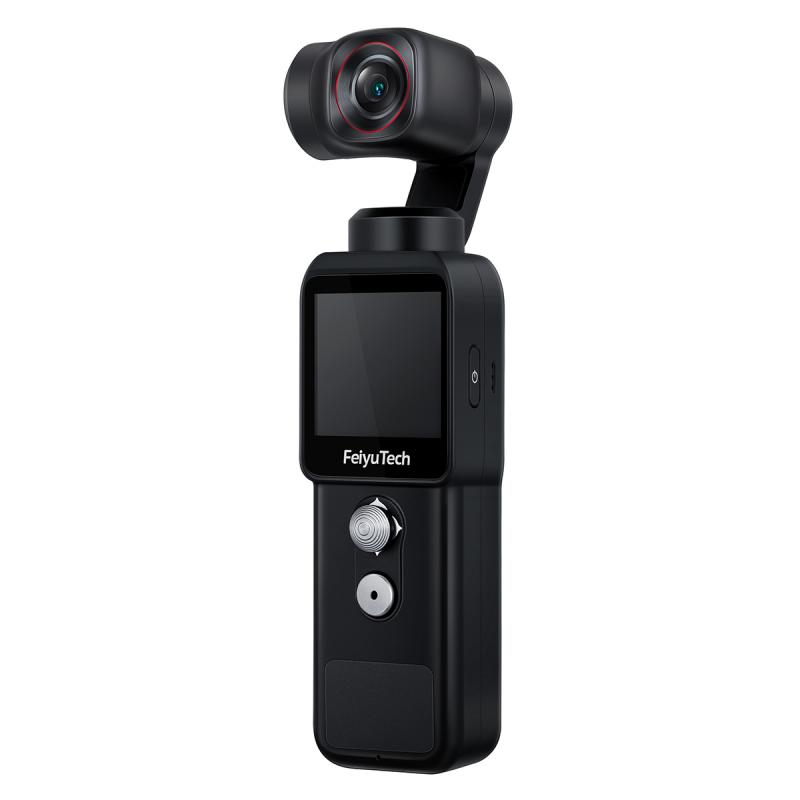
2、 Modifying the camera's sensor for increased sensitivity to infrared light.
To convert a digital camera to infrared, one of the most common methods is to modify the camera's sensor for increased sensitivity to infrared light. This involves removing the camera's internal infrared-blocking filter and replacing it with a filter that allows infrared light to pass through.
The process of modifying a camera for infrared photography typically requires technical expertise and should be done by professionals or experienced individuals. It involves disassembling the camera, removing the existing filter, and replacing it with a specialized infrared filter. This modification allows the camera's sensor to capture a wider range of light, including infrared wavelengths.
It is important to note that modifying a camera for infrared photography will permanently alter its functionality, making it dedicated solely to infrared imaging. Therefore, it is advisable to use a camera specifically designated for this purpose rather than modifying a camera that is still in regular use.
In recent years, some camera manufacturers have started offering infrared-converted camera models as an option. These cameras come with the internal infrared-blocking filter already removed, allowing users to capture infrared images without the need for modification. This option provides a convenient and reliable way to explore infrared photography without the risk of damaging the camera or voiding its warranty.
In conclusion, converting a digital camera to infrared involves modifying the camera's sensor to increase its sensitivity to infrared light. This process should be done by professionals or experienced individuals, and it is advisable to use a dedicated infrared camera or an infrared-converted camera for optimal results.
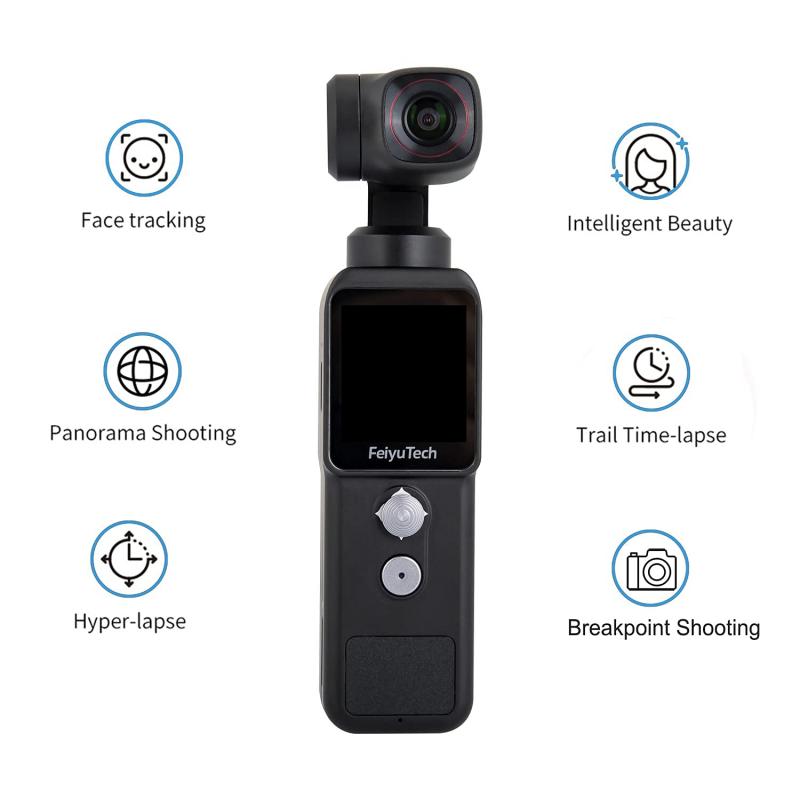
3、 Installing an infrared-passing filter to capture only infrared wavelengths.
To convert a digital camera to infrared, one can start by installing an infrared-passing filter. This filter allows only infrared wavelengths to pass through, blocking out visible light. By doing so, the camera becomes sensitive to infrared radiation, enabling the capture of unique and ethereal images.
The process of converting a digital camera to infrared involves removing the existing filter that blocks infrared light and replacing it with an infrared-passing filter. This can be done by disassembling the camera and carefully replacing the filter. However, it is important to note that this process may void the camera's warranty and should be done with caution.
Once the infrared-passing filter is installed, the camera can be used to capture stunning infrared photographs. Infrared photography offers a different perspective, revealing a world that is invisible to the naked eye. It can capture the heat emitted by objects, create dreamlike landscapes, and emphasize the contrast between foliage and the sky.
It is worth mentioning that some digital cameras are more suitable for infrared conversion than others. Cameras with larger sensors tend to produce better results as they are more sensitive to infrared light. Additionally, newer camera models may have built-in infrared filters that are more difficult to remove.
In recent years, there has been a rise in the popularity of infrared photography, with many photographers experimenting with this unique technique. Some camera manufacturers have even started offering infrared-converted models, eliminating the need for DIY conversions.
Overall, converting a digital camera to infrared involves installing an infrared-passing filter to capture only infrared wavelengths. It is an exciting way to explore a different realm of photography and unleash one's creativity.

4、 Adjusting white balance settings for accurate infrared color reproduction.
To convert a digital camera to infrared, there are a few steps you can follow. However, it's important to note that this process may require some technical knowledge and can potentially void your camera's warranty. Here is a general guide:
1. Choose the right camera: Not all cameras are suitable for infrared conversion. Look for a camera with a removable infrared (IR) filter or one that is easily accessible.
2. Remove the IR filter: This step involves disassembling the camera and removing the built-in IR filter. It is recommended to seek professional help or consult online tutorials specific to your camera model to ensure proper handling.
3. Replace the IR filter: After removing the original IR filter, replace it with a specialized infrared filter. These filters allow only infrared light to pass through, blocking visible light. You can purchase these filters online or from specialized camera stores.
4. Calibrate the focus: Infrared light has a different focal point than visible light. To ensure sharp images, you may need to adjust the focus of your camera. This can be done by manually adjusting the lens or using the camera's autofocus system.
Now, regarding adjusting white balance settings for accurate infrared color reproduction, it's important to understand that infrared photography typically produces monochromatic or false-color images. Infrared light is beyond the visible spectrum, so traditional color reproduction is not possible. However, by adjusting the white balance settings, you can achieve accurate color representation within the infrared spectrum.
The latest point of view suggests that shooting in RAW format and post-processing the images using specialized software can yield better results. This allows for more flexibility in adjusting white balance and fine-tuning the colors during the editing process. Additionally, experimenting with different white balance presets or manually setting the white balance based on the lighting conditions can help achieve the desired infrared color reproduction.
Overall, converting a digital camera to infrared and accurately reproducing infrared colors requires technical expertise and experimentation. It's recommended to thoroughly research and understand the specific requirements of your camera model and consult professional photographers or online communities for guidance.
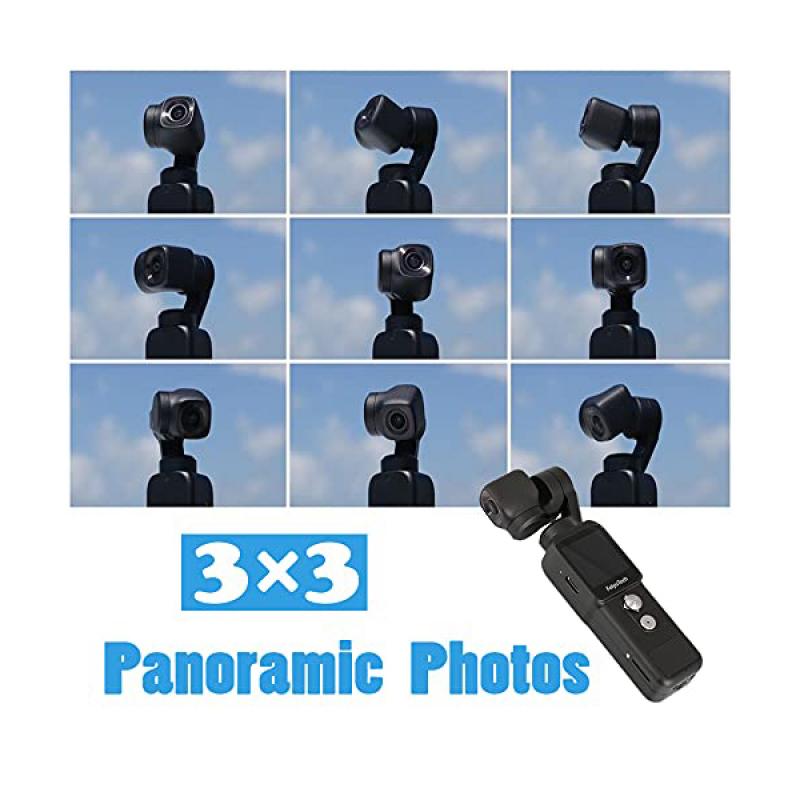





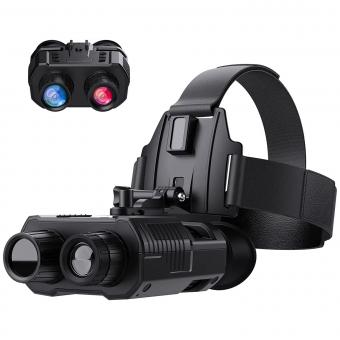
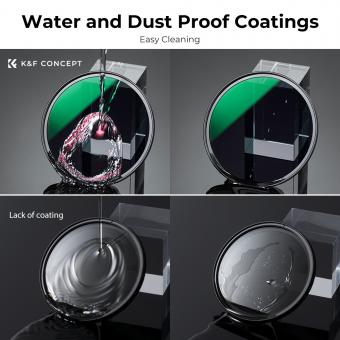



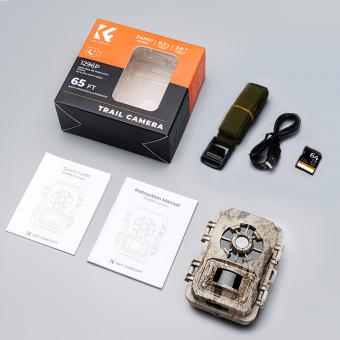

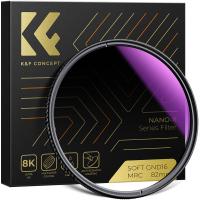

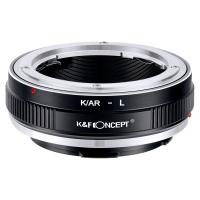
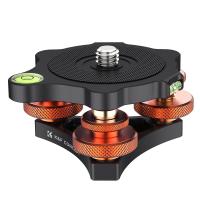




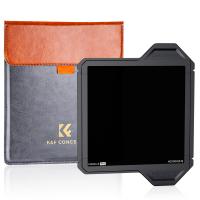
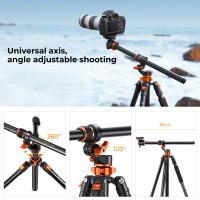

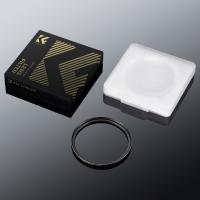


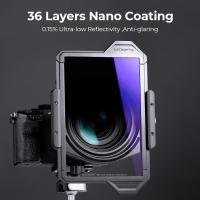


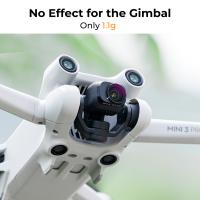
There are no comments for this blog.